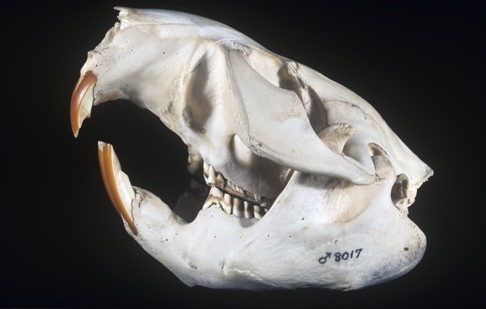
Book review: how hat trade nearly wiped out beavers
Author traces man’s 15,000-year relationship with the North American beaver, from interdependence chronicled in First Nation stories to near-extermination to present-day trapping as 'nuisances'


by Frances Backhouse
ECW Press

Melissa Davis
Reading natural history is fraught with a particular kind of peril. The typical progression from “here are amazing facts” to “there used to be [X] million of these majestic creatures, until humans wiped them out” is a disappointing road.
Frances Backhouse’s Once They Were Hats: In Search of the Mighty Beaver starts down that path, but the story ends in a slightly more upbeat place. The once ubiquitous beaver was nearly exterminated from North America in a shockingly narrow window of time, but now people make a living trapping them as “nuisances.”
How did we get here? Backhouse tells readers the story by tracing humans’ 15,000-year relationship with the beaver, from interdependence with humans chronicled in First Nation stories to present-day trapping.

Scientists estimate that pre-European contact, North America was home to between 60 million and 400 million beavers. It took barely 400 years to trap them almost to extinction. By the early 1700s, Backhouse writes, the species was gone from seven states. It took the mountain men, trading independently of the big fur companies, just 15 years to eradicate them from much of the West.
But much more than fur was lost. The dam-building and waterway routing that beavers do make them a keystone species, or one whose effect on animals and plants is “disproportionately large, relative to its own abundance”, Backhouse writes.
The wetlands that beavers create make homes for ducks, herons, otters and plants and trees, which in turn attract elk and moose. Take a couple of beavers and a few generations, and a healthy ecosystem is born.
The species Castor canadensis has returned to all the states and provinces from where it was eradicated. Between 9.6 million and 50 million beavers now live in North America, including two named Jose E. Serrano and Justin Beaver, who live on the Bronx River.
Yet the habitat the beavers have returned to is not identical to the one they were driven from – this often puts them at odds with humans – so Backhouse warns we need to tread carefully “We need to cure our amnesia, rethink our relationship and acknowledge how much we stand to gain” from these newly returned neighbours.
Tribune News Service